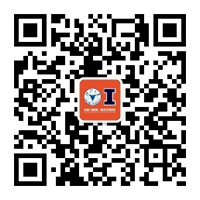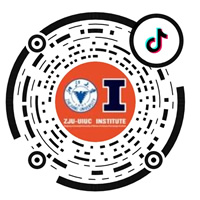On Nov 22, 2021, ZJUI graduate student LUO Chunzeng participated in the best student paper competition during the online 43rd international conference Progress In Electromagnetics Research Symposium in Hangzhou (PIERS 2021 Hangzhou), and won the third prize of the Best Student Paper Award for his paper “A Microwave Snow Water Equivalent Retrieval Framework Using Coupled Hydrological and Passive Microwave Radiative Transfer Models”. In LUO's paper, a framework for multi-source data fusion combing theoretical modeling with physical observations is developed and characterized. The framework couples an advanced hydrological snow physical model with microwave scattering theories for snow remote sensing. The cross-disciplinary coupling is achieved through an ensemble Kalman filter approach to improve the accuracy of snow water equivalence retrieval. Its innovation and application value have been recognized by the committee.
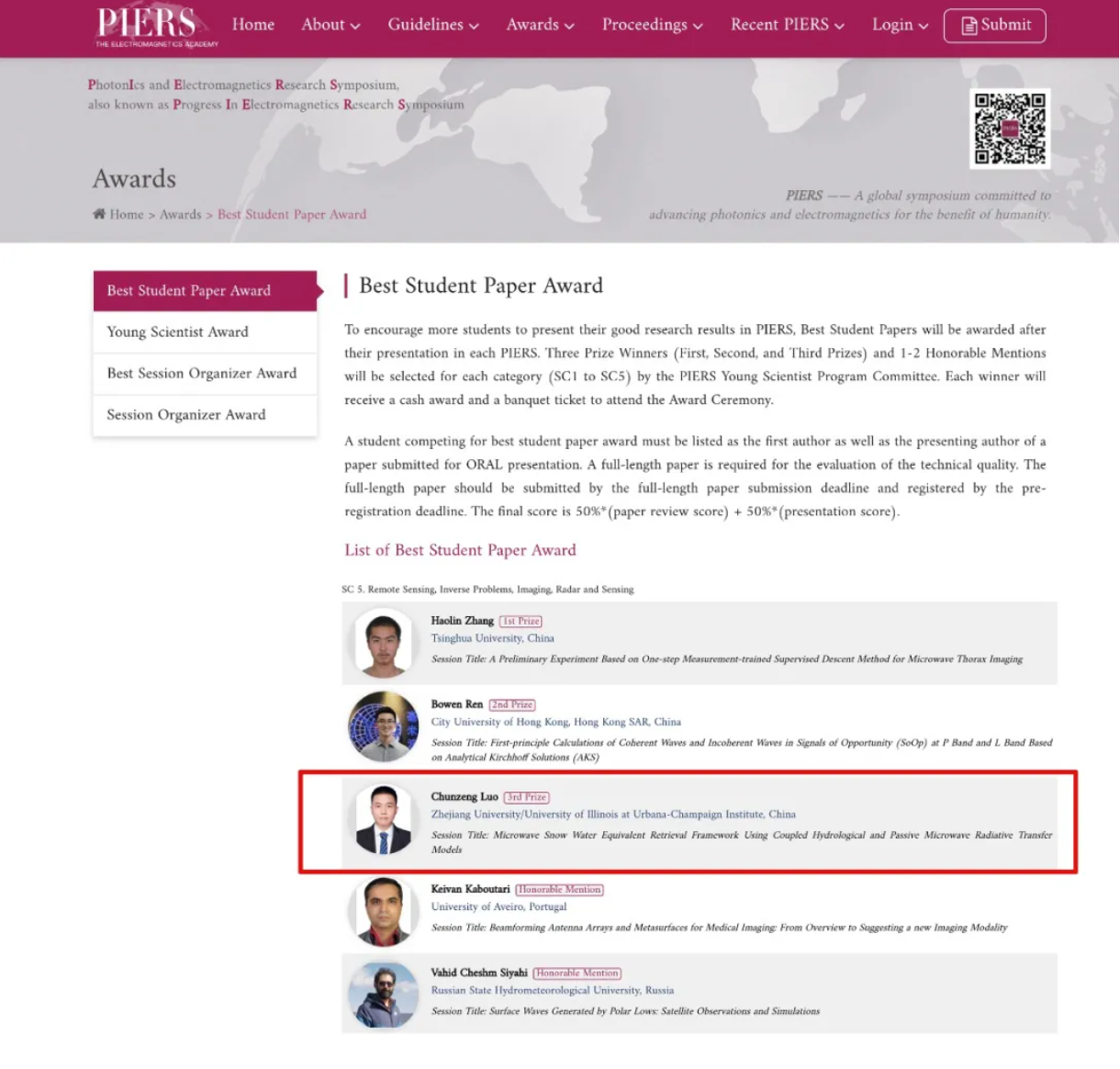
The PIERS Symposium has been held more than 40 sessions so far in Northern Ireland, Pasadena, Cambridge, Tokyo, etc. It is one of the most recognized academic conferences in this field. It provides an international communication platform for modern development and recent progress in electromagnetics, photonics and their applications. PIERS 2021 Hangzhou has attracted over 3,000 contributions.
LUO Chunzeng joined the Applied Electromagnetics and Information Science Lab in September 2020. Led by ZJUI Assistant Professor TAN Shurun, is the lab focused on electromagnetic wave interactions with various environments crossing multiple scales and the associated physical and informational effects. Main research areas include microwave remote sensing of natural environment and intelligent electromagnetic ambient sensing, electromagnetic environment effects, security and reliability of critical infrastructures such as connected autonomous vehicles, scattering in wave-functional materials and devices such as metamaterials, metasurfaces and photonic crystals, electromagnetic integrity and integration of high-speed electronic systems including neuromorphic chips and in-memory computing devices, nanostructure scattering and characterization, optical random media scattering in optical sensing and photovoltaics, etc.
Under Prof. TAN’s guidance, LUO has attended and presented at national and international academic conferences for four times since his enrollment at ZJUI in autumn 2020 including the 2020 AGU FALL MEETING (attended online), the 2020 Space Earth Science Symposium (SESS 2020) held in Zhuhai, the 2021 IEEE International Geoscience and Remote Sensing Symposium (IGARSS 2021) (attended online), and the PIERS 2021 Hangzhou (attended online). He also served as a volunteer at the 2020 IEEE MTT-S International Conference on Numerical Electromagnetic and Multiphysics Modeling and Optimization (NEMO 2020) in Hangzhou. LUO has won the prestigious national scholarship for postgraduates for his excellent performance in the 2020-2021 academic year. He has also been awarded a research grant for his research proposal “Theory, algorithm and validation of remote sensing of snow accumulation with coupled hydrological model and microwave observation”, an initiative by the Zhejiang Provincial Ministry of Education to support master students in scientific research.
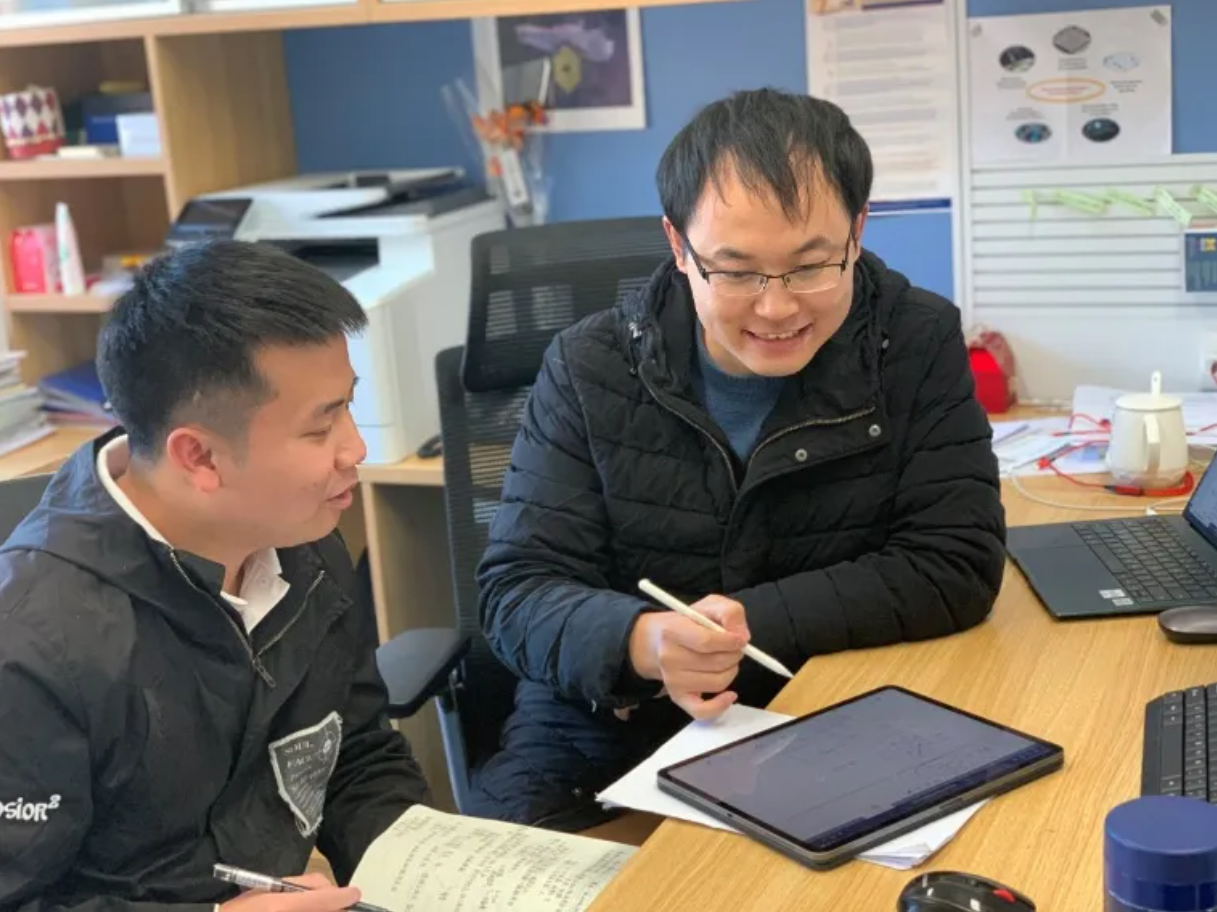
▲ LUO (left) in scientific discussion with Prof. TAN (right)
LUO’s research on snow remote sensing is closely related to global climate change, natural hazards, water resources, and sustainable development. As the effect of global warming is becoming more and more apparent, the whole society realize the necessity to promote low-carbon and sustainable development. Global warming is causing glaciers and snow to melt at high altitudes, rising sea levels and threatening the survival of various species and human society. Snow is a sensitive indicator to climate change and it is a crucial factor in shaping regional and global hydrological processes. Knowledge of its distribution and dynamics is important for meteorology, hydrology, water cycle, and global climate. This provides important inputs to streamflow estimation, water resource management, and flood prevention in snowmelt-dominated watersheds. However, our understanding of snow distribution and dynamics is far from enough. LUO’s work aims to fill this gap by combining the advantages of snow hydrological modeling and microwave remote sensing techniques, wherein electromagnetic wave interactions with snow, a typical random media, is vital to effectively linking microwave signals with snow states.
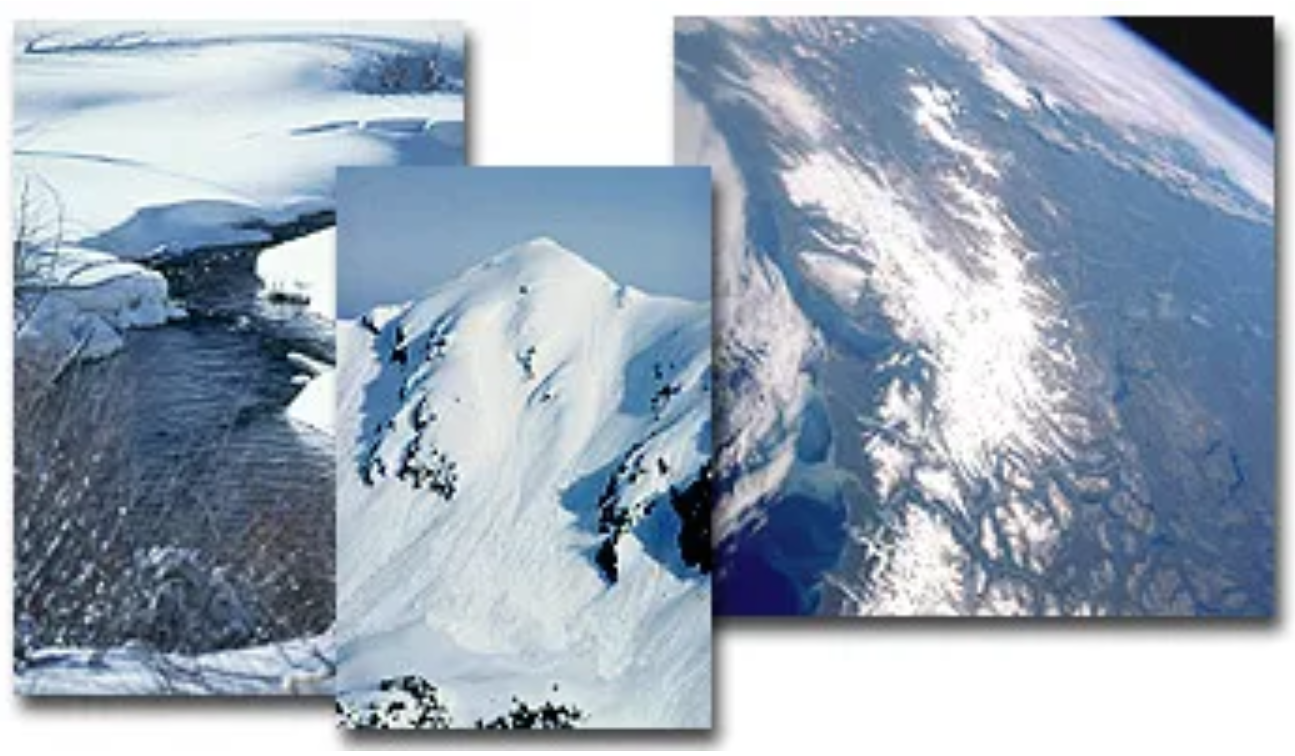
▲ Snow as a sensitive indicator to climate change and a crucial factor in shaping global and regional hydrological processes
The awarded paper was completed in cooperation with Dr. Do-Hyuk Kang, a snow hydrologist at NASA Goddard Space Flight Center and the University of Maryland. Besides its direct contribution to the snow remote sensing community, this work provides references to general asynchronous multi-source data fusion and coupling problems. It also promotes effective response to global challenges and issues through cross-disciplinary and international exchange and cooperation.





